Automotive Pinion Gear Market Summary
As per MRFR analysis, the Automotive Pinion Gear Market Size was estimated at 6.572 USD Billion in 2024. The Automotive Pinion Gear industry is projected to grow from 6.77 USD Billion in 2025 to 9.118 USD Billion by 2035, exhibiting a compound annual growth rate (CAGR) of 3.02 during the forecast period 2025 - 2035.
Key Market Trends & Highlights
The Automotive Pinion Gear Market is poised for substantial growth driven by technological advancements and a shift towards electric vehicles.
- Technological advancements are reshaping the design and functionality of automotive pinion gears, enhancing performance and efficiency.
- North America remains the largest market for automotive pinion gears, while the Asia-Pacific region is experiencing the fastest growth.
- Straight bevel gears dominate the market, whereas hypoid gears are emerging as the fastest-growing segment due to their efficiency in electric vehicles.
- The increasing demand for lightweight components and the expansion of the electric vehicle market are key drivers propelling market growth.
Market Size & Forecast
| 2024 Market Size | 6.572 (USD Billion) |
| 2035 Market Size | 9.118 (USD Billion) |
| CAGR (2025 - 2035) | 3.02% |
Major Players
ZF Friedrichshafen AG (DE), GKN Automotive Ltd (GB), Dana Incorporated (US), Aisin Seiki Co Ltd (JP), BorgWarner Inc (US), JTEKT Corporation (JP), American Axle & Manufacturing Holdings Inc (US), Schaeffler AG (DE)



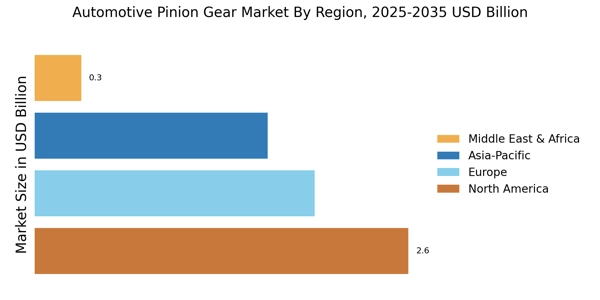
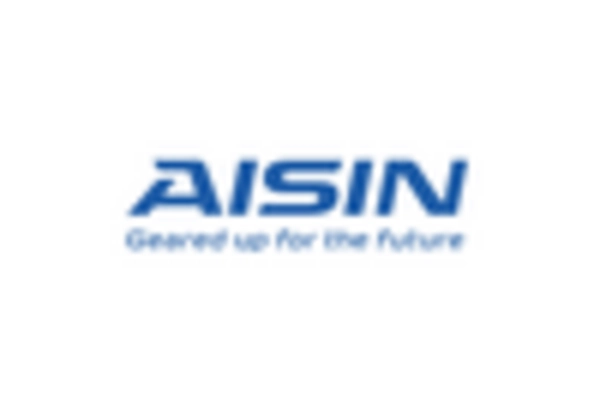
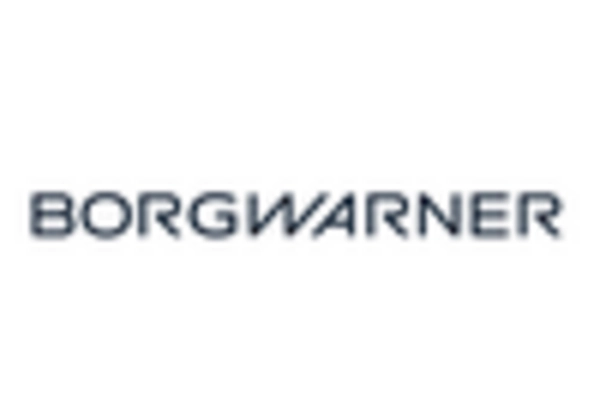

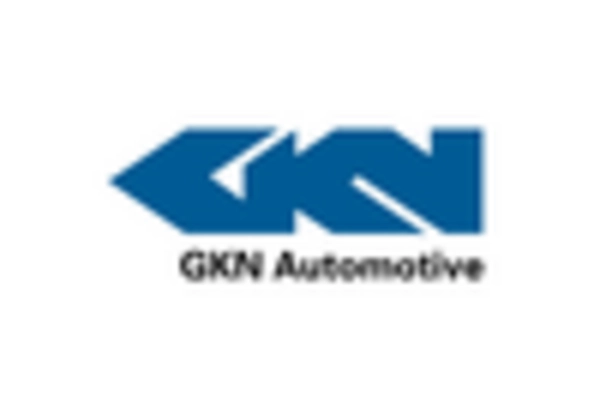

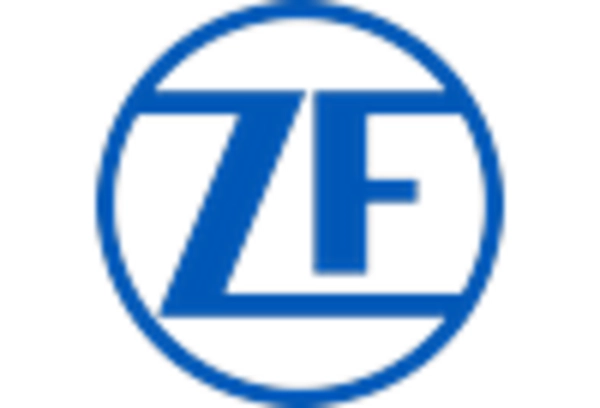








Leave a Comment